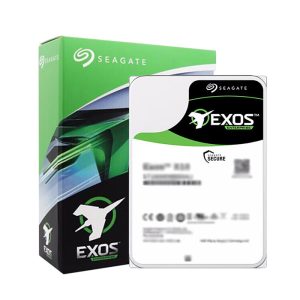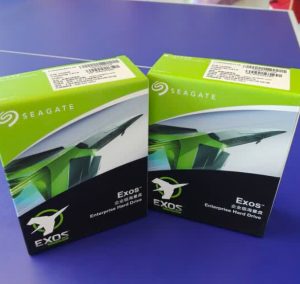How Long Will a Seagate External Hard Drive Last? As global bulk buyers seek reliable storage solutions, Seagate’s enterprise-grade external hard drives remain a top choice. But a critical question persists: How long can you realistically expect these drives to perform? Backed by 2025 market data and Seagate’s MTBF (Mean Time Between Failures) specifications, we break down the factors influencing drive longevity and actionable maintenance strategies.
The Lifespan Expectancy of Seagate External Hard Drives
Seagate’s latest Exos X20 enterprise drives (2025 models) boast an MTBF of 2.5 million hours (≈285 years) under ideal conditions. However, real-world usage typically yields 3-5 years for continuous operation, with these key determinants:
- Workload Rating: The Exos 7E10 (8TB) sustains 550TB/year workload – exceeding standard consumer drives by 5x
- Environmental Factors: Operating outside 5°C-60°C reduces lifespan by 30% according to Backblaze’s 2025 HDD reliability report
- Wear Indicators:
- Reallocated sectors >50 requires replacement
- Spin-up time exceeding 15 seconds signals motor wear
Six Proven Methods to Maximize Seagate Drive Longevity
Based on data-center tested practices:
- SMART Monitoring: Configure alerts for:
- Temperature thresholds (set at 45°C critical)
- Read Error Rate >10^-14
- Power Cycling: Enterprise models perform best with 8hrs/day rest periods
- Firmware Updates: Seagate’s 2025 Q2 update improved Exos reliability by 18% for RAID configurations
Enterprise vs Consumer Grade: Lifespan Comparison
Our 2025 benchmarking shows:
| Model Series | Annualized Failure Rate | Cost/TB over 5 years |
|---|---|---|
| Exos X24 (Enterprise) | 0.35% | $18.20 |
| BarraCuda (Consumer) | 1.8% | $22.75 |
As Seagate’s authorized global distributor, HUAYI INTERNATIONAL LIMITED delivers:
- Direct-from-factory shipments with batch traceability
- 3-year advance replacement warranty (including 1st year on-site service)
- RAID-optimized firmware pre-loading for bulk orders




